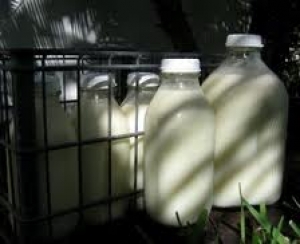World Markets

This will put production at 33.4 million tonnes, almost all of which will be cow milk.
Raw milk output in 2011 and 2012 is likely to remain below the pre melamine crisis levels.
The period between July 2009 and July 2011 saw raw milk prices increase from $407 per tonne to $515 per tonne.
However, strict new regulations for processing plants have led to many smaller plants having to cease production.
These processors make up a significant portion of dairy processing in China.
Coupled with land resource constraints, this is expected to cause the rate of increase in output to slow.
Dairy imports are expected to increase in 2012 owing to higher domestic demand, lower tariffs on dairy products from New Zealand, reduced VAT and a stronger Yuan against the US Dollar.
The graph below compares previous import figures with those expected in 2012 for a range of key milk and ingredient products.
The increase in the volume of imports is the result of reduced confidence in domestic dairy products and an increase in overall demand.
In an article for food news, Neil Murray stated that “the term ‘imported’ has become almost a guarantee of food safety.” While the melamine crisis may have had lasting negative effects on Chinese dairy products, it has had almost the exact opposite effect on imported products.
Traditionally China has been a limited consumer of cheese.
However, as consumers adapt more western habits the potential for growth is very significant.
Almost all cheese in China is imported. Currently, New Zealand is the country’s biggest cheese supplier, accounting for 41 per cent of total imports with trade valued at more than $36 million.
According to GIRA, imports of cheese to China have tripled in the last ten years. The most widely available imported cheeses are Mozzarella, Monterey Jack, Cheddar and Parmesan.




















